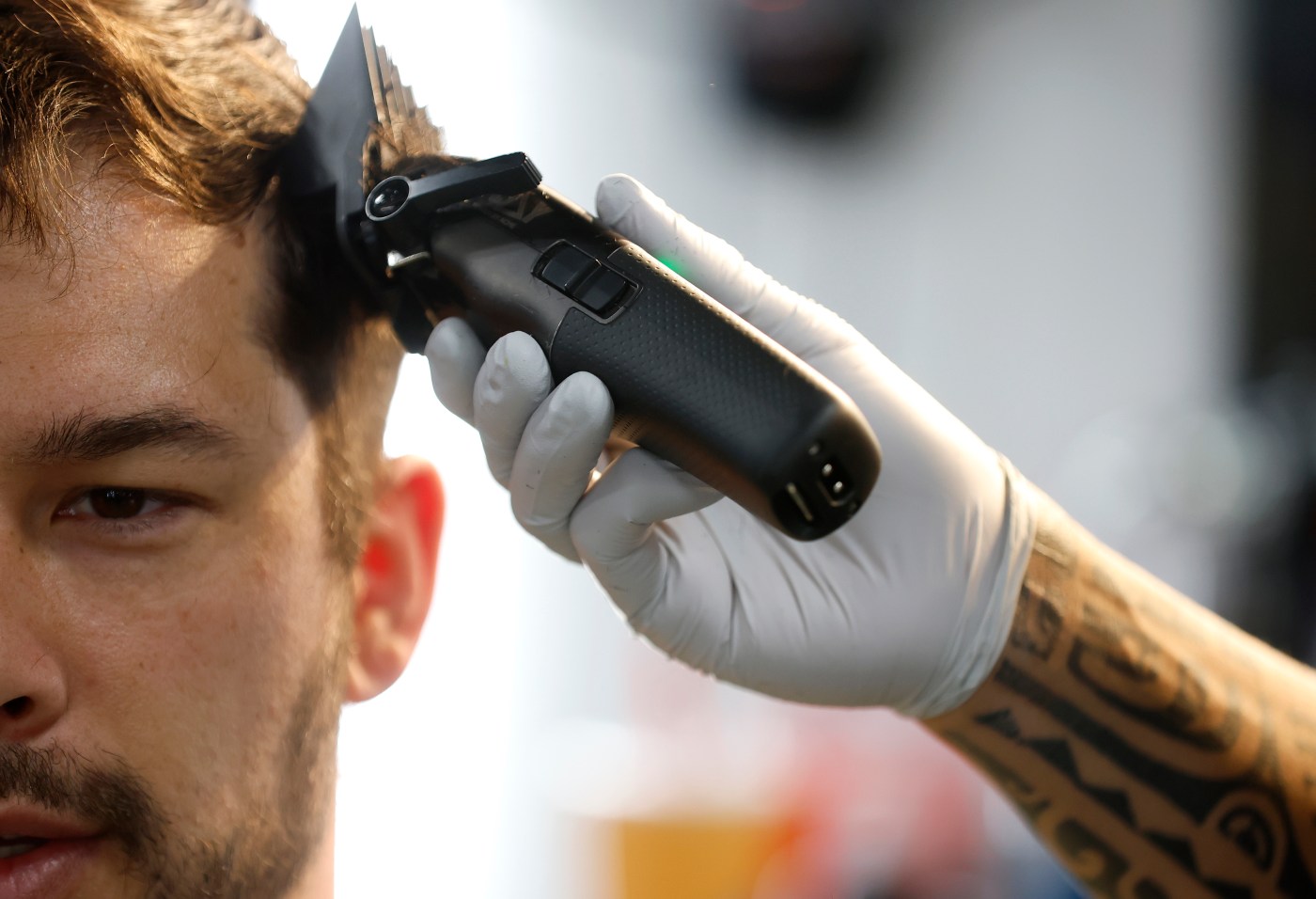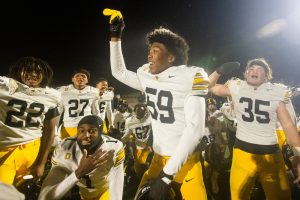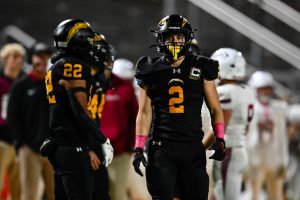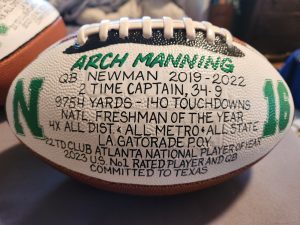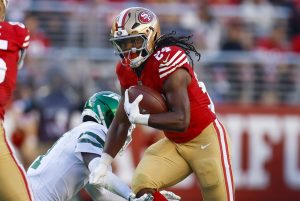EddieRay Flores, a barber at Barbers Inc. in downtown San Jose, skillfully grazed his electric clipper across rapper Dmaejor’s head.
Noticing the waves on his client’s head, Flores, a San Jose native, moved his razor with his hair growth to avoid taking off too much hair. When he was done, Dmaejor walked out with a high taper around the crown of his head and a sharp edge up along his beard and hairline.
Dmaejor emphasized his satisfaction with his haircut: “I could be having a bad week, it just boosts up my confidence. I look in the mirror and I feel good about myself. It just amplifies the person who I am.”
While barber shops are historically significant in Black culture, the game now attracts more barbers from other backgrounds, including Asian and Latino haircutters. Those in the industry say that their jobs are about more than keeping up with the styles and techniques — they are working with clients across the age, race and gender spectrums, and figuring out how to stand out as a part of their communities.
“Barbershops are ‘places where local looks are created, nurtured and maintained – where personhood connects with a sense of community,’ ” Susan Kaiser, professor emerita in the Department of Design at UC Davis, said in an email to the Bay Area News Group.
Flores, whose client base consists of Latino and Black customers, said that he has seen local teenagers paving the way for what’s trendy for men’s haircuts, which includes a lot of crop cuts and “Edgar” cuts, easily identifiable for having sharp taper fades on the sides while keeping the hair on top and front of the head a little longer. An increase in barber shop content on social media means there are always new styles and techniques to discover.
Norman Clavio, center left, owner of Day One Barbershop, cuts Kyle Geenen’s hair at Day One Barbershop in San Jose, Calif., on Monday, Aug. 26, 2024. (Nhat V. Meyer/Bay Area News Group)
Norman Clavio, a Filipino barber and owner of Day One Barbershop in West San Jose, echoed Flores’ sentiment, saying that the influence of Korean TV shows and music has led to more of his Asian and white clients getting K-pop style cuts, like two-block haircuts, textured fringes and middle parts.
Nicohlas Lancaster-Slick, owner of Slick and Dapper in Oakland, said that he has seen a resurgence of early 90s and early 2000s styles with an uptick of mullets, bowl cuts and styles like those seen on “Boy Meets World,” a now-decades old television show. Garett Fujimura, a barber at Slick and Dapper, said messy fringes with Edgar cuts have been trending among younger customers.
Alonzo Grainger, the owner of the barbershop Headspace in San Jose, said that his Black clients have consistently been asking for fades, but more people have been growing their hair out and getting braids or locs.
Grainger acknowledged that the hairstyles that his clients ask for were influenced by their background — racial, ethnic, cultural — and often, what’s determined professional for their jobs.
“Certain hair textures don’t do certain things either, so it’s all about accommodating to each person’s culture,” Grainger said.
Since opening his shop in West San Jose, Clavio said he noticed that the businessmen coming in largely asked for the same hairstyles they’d had for years, like combovers, but rarely any lineups, in an effort to look presentable.
Customer Desmond Griffith gets a short gentleman’s cut by barber Mateo G. at Slick and Dapper Barbershop in Oakland, Calif., on Thursday, Sept. 5, 2024. (Ray Chavez/Bay Area News Group)
Larry Thomas, a supervisor at Bay 101 Casino, said he comes into Headspace at least twice a month. He said he typically gets the same haircut — a fade — since he can’t grow his hair out for his job.
“Since I’m a supervisor there, I just try to look clean cut,” Thomas said. “Every time I get a haircut, I feel like a new person, it gives me confidence.”
Clavio said that, these days, barber shops have to be more accommodating to the general public, not just men. Although they still receive a lot of male customers, he said that he has been seeing more women getting fades and shorter haircuts and whole families coming in to get their hair cut.
“For me, I just want to service everyone, whoever I can get,” Clavio said. “I want to be a barbershop for everyone, and that’s why we price it the way it’s priced.”
Lancaster-Slick, a trans man, said he started his own business after becoming frustrated with sexist comments from men in traditional barber shops and strict style guidelines in hair salons. He is working on reopening a second location on Broadway that aims to provide more services for transgender people, like waxing, and display the work of artists who are transgender or sex workers.
“There’s not a lot of LBGTQ barber shops around, and sometimes people go other places and don’t feel accepted. We’re here for you to be accepted, to feel in a safe space, to be somewhere that you don’t have to feel like people are judging you,” said Asia Jordan, a barber at Slick and Dapper.
Grainger capitalizes off of his and his workshop’s versatility to help it cast a larger presence as he tries to “build the community up as much as I can.”
Flores added: “Any good barbershop should be feeling a welcome vibe to it. You should feel like when you come to the shop, you feel at home. You build relationships here.
“It’s not just getting a haircut. It’s about coming in here, and you could have a bad day, but you’re going to leave here feeling great.”
